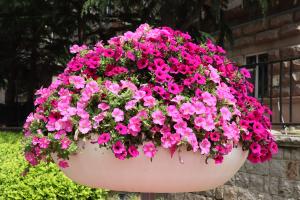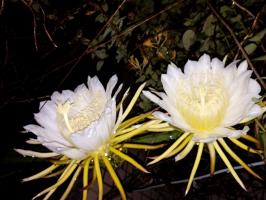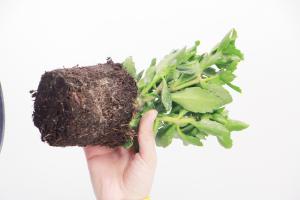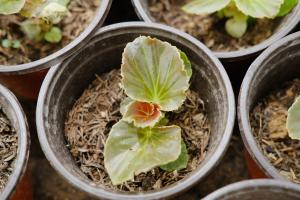What Does a Chamomile Plant Look Like?
Introduction
Chamomile, also known by its scientific name Matricaria chamomilla, is a herb that has been used since ancient times for its medicinal and therapeutic properties. The plant is native to Europe but is now grown all over the world, including in North America, Australia, and Asia. In this article, we will explore the physical characteristics of the chamomile plant and what it looks like.
Appearance
The chamomile plant grows to a height of about 12-24 inches and has delicate, feathery leaves that are pale green in color. The leaves are fern-like and have a distinctive light, sweet scent. The plant also produces small, white, daisy-like flowers with yellow centers that bloom in late spring or early summer. The flowers are about 1 inch in diameter and grow on long, slender stems that can be up to 12 inches long.
Growing Conditions
Chamomile is a hardy herb that is relatively easy to grow. It prefers well-draining soil and full sun, although it can also withstand some shade. The plant can be grown from either seeds or cuttings, and it prefers a slightly acidic soil pH of between 5.6 and 7.5. Chamomile needs regular watering, especially during hot, dry weather, but it can be susceptible to root rot if the soil is too wet.
Uses
Chamomile is a versatile herb with many uses. It is often used in herbal teas, and the flowers can also be used to make essential oils, extracts, and tinctures. Chamomile is also used in skincare products for its soothing and calming properties. The herb has been shown to have anti-inflammatory, antibacterial, and antifungal properties, making it useful for treating a range of conditions, including skin irritations, digestive problems, and anxiety. Some studies have even suggested that chamomile may help to reduce the risk of certain types of cancer.
Conclusion
In conclusion, the chamomile plant is a delicate herb with feathery leaves and small, white, daisy-like flowers with yellow centers. It is relatively easy to grow and can be used in a range of different products, including teas, skincare products, and herbal remedies. Chamomile is a versatile herb with a long history of use in traditional medicine, and its therapeutic properties continue to make it a popular choice for natural health enthusiasts today.

 how many times do yo...
how many times do yo... how many planted tre...
how many planted tre... how many pine trees ...
how many pine trees ... how many pecan trees...
how many pecan trees... how many plants comp...
how many plants comp... how many plants can ...
how many plants can ... how many plants and ...
how many plants and ... how many pepper plan...
how many pepper plan...






























